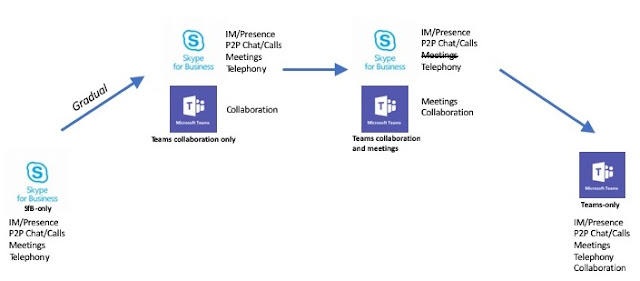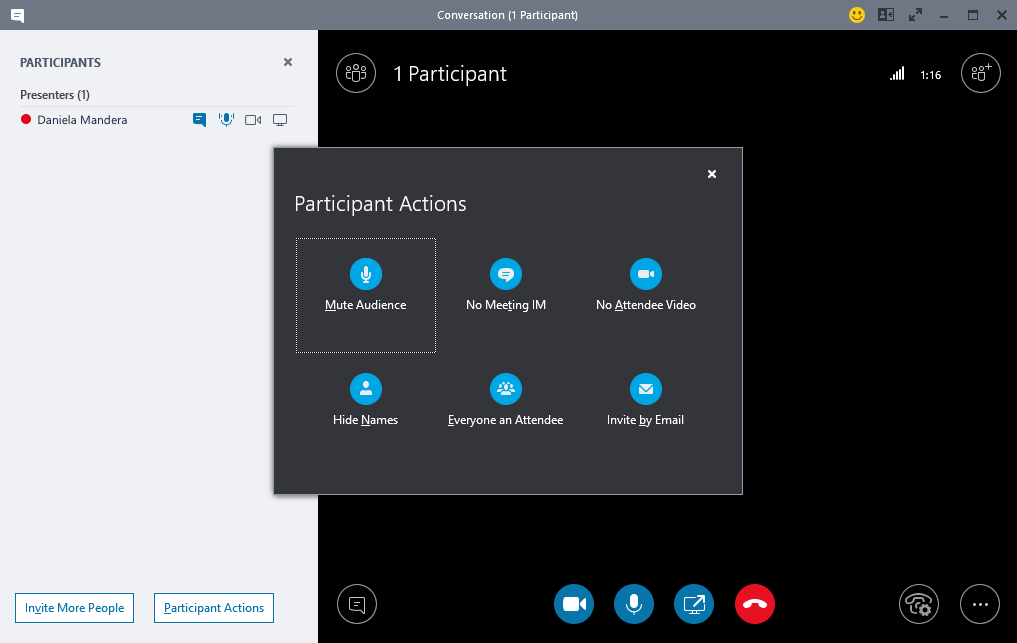


For more information, see Move users between on-premises and the cloud and Move users from on-premises to Teams. This process is now a single step, regardless of which version of Skype for Business Server or Lync Server 2013 you're using. Microsoft has recently simplified the process to move users to TeamsOnly. Step 3: Move users from Skype for Business on-premises to Teams Only For more information, see Migration and interoperability guidance for organizations using Teams together with Skype for Business and Setting your coexistence and upgrade settings. Meeting scheduling in Teams is disabled when users are in the SfBOnly or SfBWithTeamsCollab modes, and enabled when a user is in the SfBWithTeamsCollabAndMeetings mode.ĭepending on your requirements, you can assign the appropriate coexistence mode based on the upgrade path that your organization has chosen. To avoid end-user confusion and ensure proper routing, calling and chat functionality in the Teams client is disabled for a user who is assigned any of the Skype for Business modes. When a user is in any of the Skype for Business modes, all incoming chats and calls are routed to the user's Skype for Business client. If needed, TeamsOnly users can be moved back to on-premises, which would result in them receiving the tenant's global policy of TeamsUpgradePolicy. As long as users are still using Skype for Business Server, they can be assigned any mode other than TeamsOnly. Whatever mode an organization uses for its on-premises users, when those users are moved from on-premises to the cloud, they become TeamsOnly (and can't have any other mode). Organizations can optionally use other coexistence modes to provide a predictable experience for end users as organizations transition from Skype for Business to Teams. Islands mode allows users to use both Teams and Skype for Business clients side by side. Hybrid organizations are by default in Islands mode. Step 2: Set transitional coexistence mode (optional)Ĭoexistence and interoperability between Skype for Business and Teams clients and users are defined by coexistence modes. Start by reading Plan hybrid connectivity, and then follow the tasks outlined in Configure hybrid connectivity. The key prerequisite for upgrading your on-premises users to Teams is to configure hybrid connectivity for your Skype for Business Server on-premises deployment. Remember that a successful upgrade aligns technical and user readiness, so be sure to leverage this guidance as you navigate your journey to Microsoft Teams. To maximize benefit realization and ensure your organization has proper time to implement your upgrade, we encourage you to begin your journey to Microsoft Teams today. Skype for Business Online was retired on July 31, 2021.


 0 kommentar(er)
0 kommentar(er)
